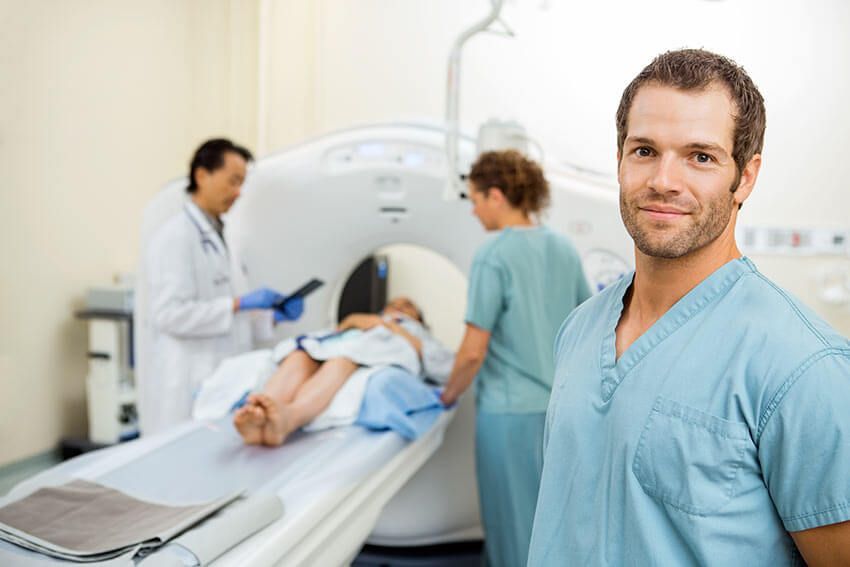
What is the Difference Between an MRI and a CT Scan?

Unless you are a diagnostic imaging specialist, you may find all that radiology mumbo-jumbo a little confusing. One question many patients ask is, “What’s the difference between a CT scan and MRI scans?” Maybe you watch a lot of medical television shows, or maybe you have been to the hospital with a friend or family member.
Either way, the jargon rings a bell, but what does it all mean, exactly? Each type of scan is performed by a radiologist, but how do the techniques differ? The two procedures do have a lot in common, and their uses may overlap. For one thing, they are both used as diagnostic imaging methods. However, there are several major differences that separate the two.
When would you need an MRI scan?
MRI stands for Magnetic Resonance Imaging, and this type of radiology imaging can be performed at a radiology center. An estimated 30 million MRI scans are done in the U.S. every year. A whole 22% of these are head scans.
Other MRI machines specifically examine the tissue in the arms, legs, hands, and feet, or at the internal organs, and are called Extremity MRI scans. The MRI identifies severe problems that can lead to serious illness or death. It’s an invaluable asset to modern medicine.
- An MRI is useful when examining the brain. An MRI scan allows you to see the entire brain anatomy and makes it easier to spot abnormalities like swelling, bleeding, and tumors.
- It provides a clear picture when examining the spinal cord for tumors or inflammation. Surgeons will also use an MRI to analyze the spine after trauma like a car accident or a sports injury.
- An MRI is so precise that doctors can use it to evaluate the heart for aneurysms and tears and spot heart defects.
Here are some additional differences between MRI and CT scans:
Purpose
As mentioned above, CT scans and MRI scans are both used to diagnose patients. However, they each have their own specialties.
- CT scans are more often used to assess bone injuries, problems in the lungs, or for cancer-related issues.
- A CT scan only shows an image from one viewpoint. Images are horizontal and only display one slice of the interior of the object. An MRI, however, can produce an image from virtually any angle, and it shows you a 360-degree view of the object.
- MRI scans are generally more detailed than x-rays and CT scans, however MRIs are better for viewing soft tissue, particularly tendons and ligaments. High resolution MRIs, such as a 3 Tesla MRI, are also ideal for examining tumors and other issues in the brain.
Exposure to Radiation
In recent years, people have started to worry about x-rays causing cancer. This is because x-rays are produced by ionizing radiation, which can be harmful to humans. With an MRI, on the other hand, there is no ionizing radiation and you are protected from any kind of harmful radiation because the machines use magnets instead of x-rays.
On the other hand, CT scans expose patients to low levels of radiation, which in extreme excess could lead to cancer. However, it’s important to note that one CT scan generates roughly the amount of radiation exposure one would normally receive in a span of three to five years. It’s not a lot, but repetitive exposure could become dangerous.
Process
CT scans are typically complete in five minutes or less. This minimizes patient discomfort and gets them in and out in much less time. Additionally, with CT scans patients aren’t required to lie perfectly still since a slight movement won’t really disrupt the imaging process.
Cost
Though it’s not a big difference, CT scans are usually less expensive than MRI scans. For instance, a typical CT scan may cost between $1,200 and $3,200, while an MRI might cost up to $4,000. If you have good insurance, then your insurance provider might pick up some or all of the scan costs.
Ultimately, there are pros and cons to each method, and they are often used in different situations. It is the responsibility of the doctor to determine which diagnostic imaging procedure is right for each patient.




